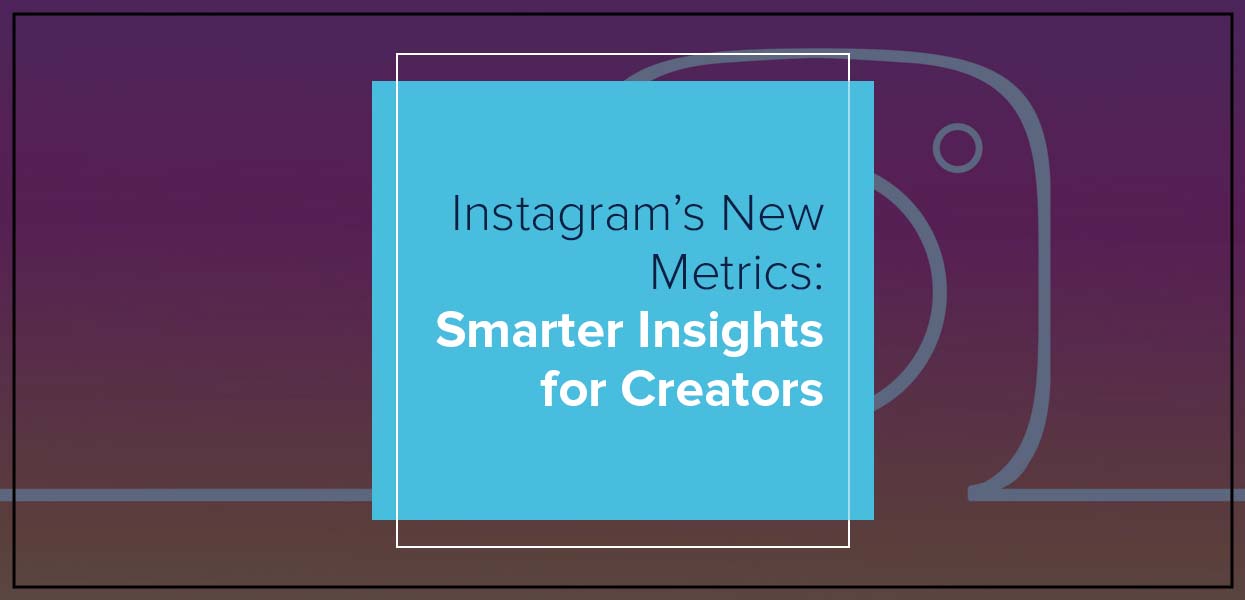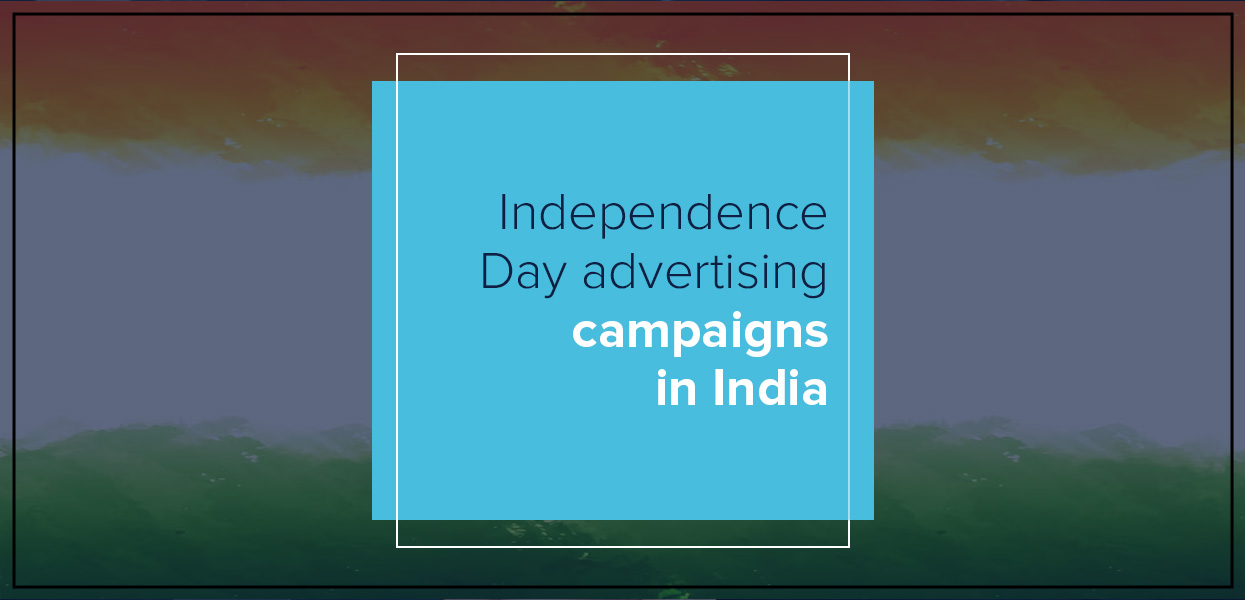Instagram Marketing Lessons from Indian Mithai Brand

In a marketplace oversaturated with content and performance-driven campaigns, Pistabarfi has quietly built a high-impact brand narrative rooted in memory, mood, and meaning. It doesn’t rely on gimmicks, influencer noise, or algorithm-chasing hacks. Instead, the brand has mastered the art of emotional branding — positioning itself as a modern legacy rooted in tradition, and using Instagram not just as a sales channel, but as a platform for brand storytelling.
What began in the 1940s as a humble sweet shop named Janta Dairy in Mumbai’s Elphinstone Road has been reimagined into a culturally resonant D2C brand. After the original shop closed during the pandemic, brothers Harshit and Tanay Agrawal stepped in to revive their grandfather’s legacy — not by disrupting it, but by refining its emotional equity and building a visual identity that feels both nostalgic and fresh.
Launched in 2021, Pistabarfi emerged with a clear sense of brand purpose: to bring Indian mithai back into contemporary consciousness, not by rebranding it as “cool,” but by amplifying its cultural value through storytelling and design. Every detail — from the muslin-wrapped boxes and handwritten notes to the muted pastel tones and nostalgic captions — contributes to a cohesive and thoughtful brand ecosystem.
On Instagram, this approach translates into a feed that isn’t trying to trend — it’s trying to connect. And it does so by crafting a consistent brand voice, emotionally rich content, and an aesthetic that supports long-term consumer recall. In this blog, we explore how Pistabarfi’s Instagram strategy is a masterclass in emotional branding, cultural positioning, and identity-led marketing, one carefully crafted post at a time.
Memory-Driven Branding for Indian D2C Success
Successful brands today aren’t just built on product—they’re built on meaning. Pistabarfi demonstrates how a legacy rooted in memory can become a powerful tool for emotional differentiation in the D2C space. Instead of positioning mithai as just another item on the shelf, the brand anchors it in personal and cultural storytelling, creating resonance far beyond taste or tradition.
The choice to wrap each mithai box in muslin cloth isn’t merely aesthetic—it’s strategic packaging that reinforces the brand’s heritage positioning. It evokes a shared memory for many Indian consumers: sweets packed lovingly by a grandmother or brought home from a family journey. This isn’t just design—it’s packaging as brand recall. For business owners, this move is a masterclass in turning low-cost packaging into a high-impact branding asset.
On Instagram, Pistabarfi maintains a carefully curated desi-core visual identity, avoiding trend fatigue and instead focusing on consistency, warmth, and cultural relevance. Their content isn’t designed for virality—it’s designed for emotional longevity. That’s what makes it memorable.
By integrating nostalgia marketing into every touchpoint—packaging, visuals, captions—the brand creates an identity that’s not only distinctive but deeply human. For founders and brand leaders looking to build durable relationships in the D2C category, Pistabarfi offers a roadmap: tell a story your audience already holds close. Just remind them it was always yours to tell.
Visual Identity Rooted in Cultural Relevance
For any modern brand, especially in the D2C category, visual identity is more than design; it’s perception management. Pistabarfi’s Instagram feed is a case in point. Every visual element, from the muted color palette to the texture of the backdrops, is aligned to reinforce the brand’s desi-core positioning. It’s not just aesthetically pleasing; it’s deliberate brand signalling.
What sets Pistabarfi apart is its commitment to a consistent visual language that communicates values without needing to say them outright. Their creative direction relies heavily on soft lighting, Indian textiles, steel dabbas, and handwritten tags. These are not props, they are brand cues. They instantly convey warmth, familiarity, and authenticity, helping the audience intuitively understand what the brand stands for. For brand leaders, this highlights an important truth: consistency isn’t just visual polish, it’s an asset that builds trust over time.
Unlike many startups that pivot their visual style with every campaign or seasonal drop, Pistabarfi maintains clarity in its design language. It’s not minimal for the sake of aesthetics, nor flashy to chase attention. It’s quiet, rooted, and intentional — qualities that communicate confidence. And when a brand knows exactly who it is, consumers feel it.
This clarity allows Pistabarfi to achieve what many D2C brands struggle with — building brand equity through identity, not volume. They’ve created a feed that’s instantly recognizable, emotionally resonant, and unmistakably their own — a long-term investment in visual storytelling that elevates the overall brand experience.
Campaigns That Create Emotional Equity
For brand builders, every campaign is a chance to either push a product or build long-term emotional equity. Pistabarfi consistently opts for the latter. Instead of centering communication around features or pricing, the brand designs campaigns that are rooted in personal milestones, cultural meaning, and human connection, creating engagement that goes far beyond likes or clicks.
One of the most impactful examples is their birth announcement campaign. Rather than offering just another celebration box, Pistabarfi introduced a customizable mithai package where parents could add their child’s name, birth date, or a heartfelt message to the outer sleeve. Wrapped in their signature muslin cloth, this sweet box became more than just a gift—it became a keepsake. From a branding standpoint, this is experience-driven product positioning. It turns a consumable into a memory, and a transaction into a moment.
When entering the wedding market, the brand again avoided templated approaches. Instead of leading with stylized visuals or industry clichés, Pistabarfi featured real couples and their stories. The tone remained intimate and authentic, with a consistent aesthetic aligned with the brand’s identity. This content was not designed to impress; it was designed to connect.
By rooting campaigns in life moments—births, weddings, and personal celebrations, Pistabarfi expands its reach while preserving brand integrity. For business owners and marketers, it’s a powerful reminder: growth doesn’t require loudness. It requires relevance. If your product can live inside someone’s story, it will live longer in their memory.
Collaborations That Reinforce Brand Relevance
Collaborations can easily become a trap for small brands, either diluting their core identity or chasing relevance at the cost of authenticity. Pistabarfi, however, treats collaborations as an extension of its brand values rather than a deviation from them. The brand’s approach is clear: only partner when the cultural context, design language, and audience alignment are right.
A standout example is Pistabarfi’s collaboration with global fashion brand Puma for the launch of its Palermo sneakers. Instead of co-branded noise, Pistabarfi created bespoke mithai boxes that matched the sneaker colorways, Mysore Pak in cobalt blue, and Aam Papdi in teal. The packaging was not an afterthought; it was an integral part of the campaign’s storytelling. This move positioned Pistabarfi at the intersection of tradition and trend, speaking directly to a younger, design-conscious consumer segment without alienating its existing audience.
For brand leaders, this is a textbook example of strategic collaboration, where the partnership reinforces the brand’s core while extending its cultural reach. It reflects a nuanced understanding of brand adjacency: leveraging a bigger platform not just for visibility, but for relevance.
The success of this collaboration also lies in execution. The brand didn’t try to make mithai appear “cool” in the traditional sense. Instead, it brought cultural authenticity into a modern context, showing that tradition, when designed thoughtfully, can be aspirational. This approach turns every collaboration into a brand-building opportunity rather than a marketing stunt.
Everyday Content as Brand Continuity
While campaigns and collaborations create spikes in engagement, it’s the day-to-day content that truly shapes brand perception over time. Pistabarfi understands this well. Even outside of product launches or high-profile partnerships, the brand uses Instagram to tell micro-stories, each post contributing to a larger narrative that reinforces identity, values, and tone.
Their approach to content is slow, intentional, and rooted in storytelling. Posts aren’t designed to go viral; they’re crafted to feel personal. A caption might reflect on why a certain flavor pairing exists. Another might read like a journal entry tied to a season or memory. Even the most product-focused posts carry emotional texture — a soft mood, a meaningful visual, or a sentiment that resonates.
From a brand leadership perspective, this signals operational discipline in content marketing. Pistabarfi doesn’t deviate from its visual guidelines or tone of voice for quick wins. Instead, it invests in consistency, and that consistency builds trust. This is particularly valuable in the D2C space, where customer relationships are shaped largely by what’s seen online.
For businesses looking to build emotional brand equity, Pistabarfi’s feed offers a clear takeaway: your content doesn’t always need to sell, it needs to connect. Every image, every line, and every detail is an opportunity to reinforce who you are. In a digital landscape driven by noise, Pistabarfi’s quiet confidence stands out and sticks.
What Brand Leaders Can Learn from Pistabarfi
Pistabarfi isn’t just a sweet brand with good visuals, it’s a lesson in how to build meaningful, long-lasting connections through thoughtful branding. For business owners navigating the crowded D2C space, it offers a roadmap for how heritage, design, and storytelling can translate into emotional loyalty and cultural relevance.
The brand shows that you don’t need to be loud to be heard. With a clearly defined visual identity, consistency in tone, and campaigns rooted in human experience, Pistabarfi demonstrates the value of brand restraint. Every detail, from packaging to captions, is an expression of intent. And that level of brand clarity pays off in the long run, building not just a consumer base, but a community.
For founders, marketers, and creative leads, the takeaways are clear:
Use memory and meaning as part of your positioning strategy
Treat every piece of content as brand-building, not just promotion
Make collaborations strategic, not opportunistic
Build emotional consistency across visuals, voice, and values
Invest in long-term resonance, not short-term reach
Pistabarfi is proof that emotional branding, when executed with clarity and care, doesn’t just sell products, it builds presence, recall, and trust. In an attention economy driven by trends, this brand stands as a reminder: depth lasts longer than noise.
Explore more strategic brand stories and content-led growth ideas with Uniworld Studios.
Categories
- Digital Marketing
- Website Development
- Graphic Design
- Content Writing
Latest Posts
-
- Essential Marketing & Advertising Keywords 2025



